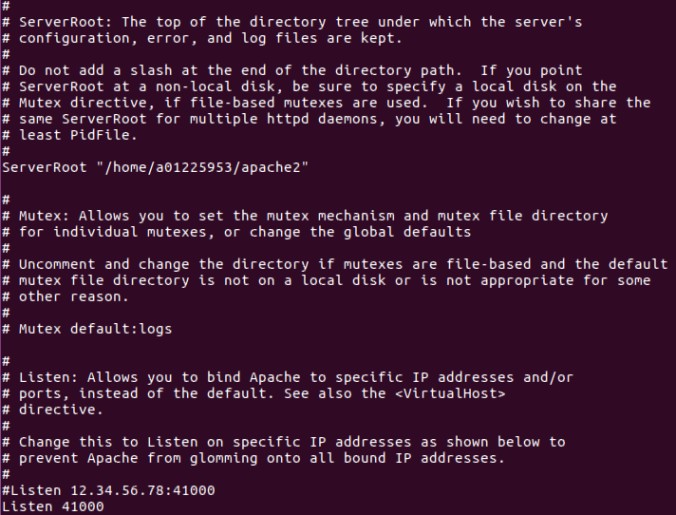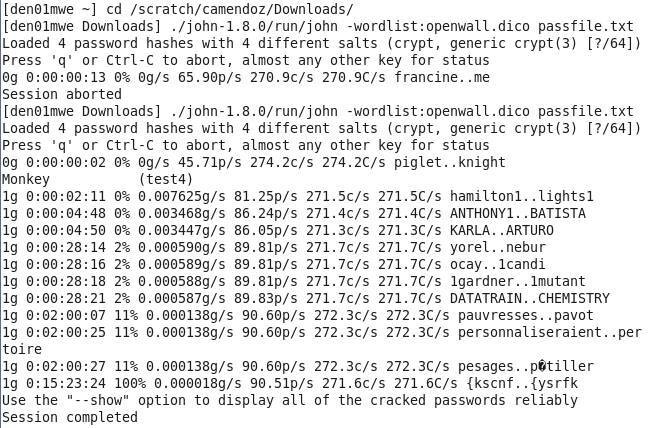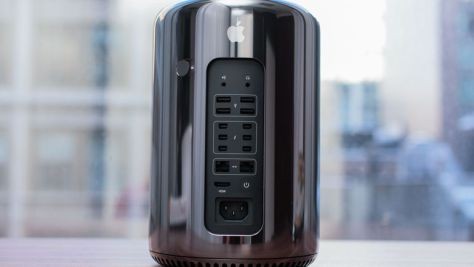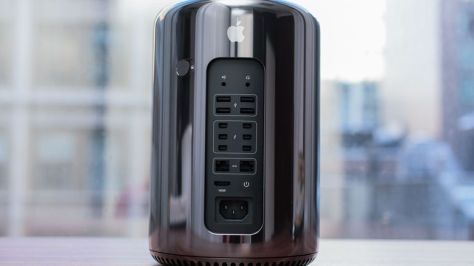--Originally published at The Hitchhiker's Guide to information security… according to me!
Do you know why people are afraid of anything? It sums up to a one and only fear, the fear to die. Everything comes back to that, even if you are afraid of talking in public, if you fail that makes you think that people will isolate you, meaning that your chances of survival will decrease, hence fear of dying. But sometimes there are things that we should be afraid of and we aren’t, and it’s mostly because we don’t know the dangers behind them. There are many dangerous things in the world and one of them is the WIFI connection. (sounds of thunders and creepy music)

Unintentionally wifi connections may be unsecured because of a wrong configuration that allows unencrypted messages to be send or not allowed users to connect to it and it’s even worse when we are talking about open networks that allows access to any user. This exploits are used by hackers to steel information, use your computer for malicious purposes or distribute malware to all the users in the network.
A few attacks you can suffer on a wireless network are the next:
- Accidental association
- Malicious association
- Ad hoc networks
- Identity theft
- Man in the middle
- Network injection
There are some security measures that are used to protect this networks but sadly some are not secure enough and many people are not aware of it. For example:
WEP (Wired Equivalent Privacy): this was the first standardized way of securing a network. Many old routers still use it. It’s unsecure because it allows easy key decryption and network eavesdropping. Because the initialization vector (a constant use to start encrypting a message) is really short, it will repeat eventually, and when that happens the hacker can use it to find your encryption key and decrypt all






























